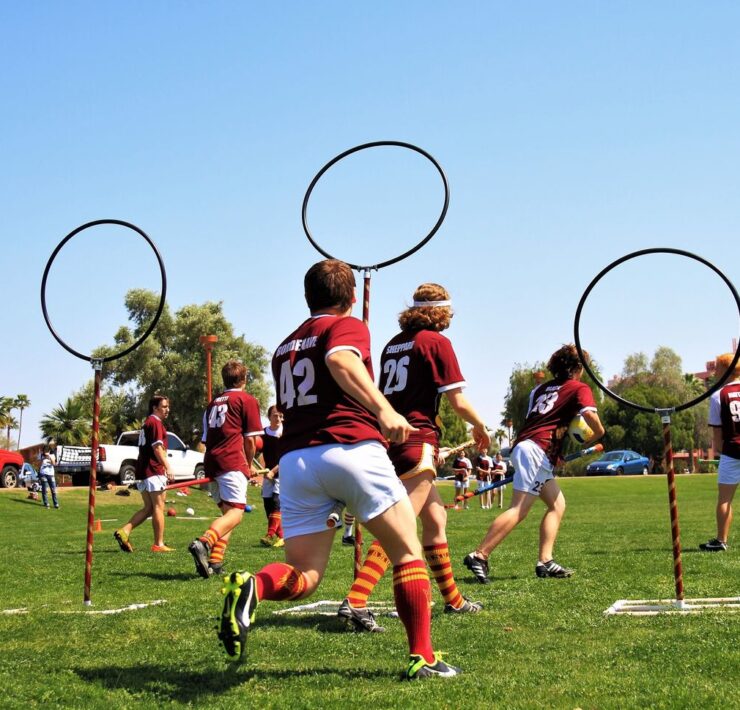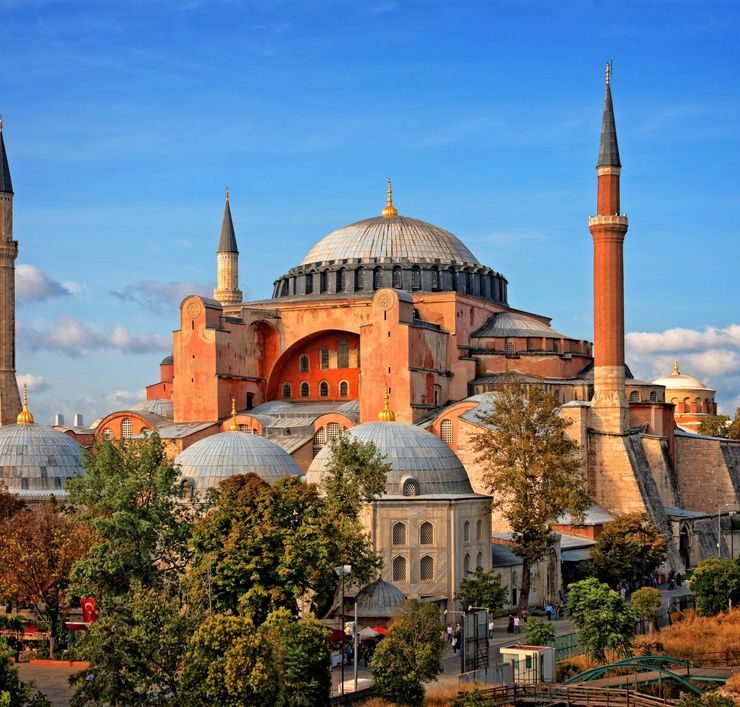Wanna put a dash of salt on your next trip? With these sites, you’d surely see salt not only as a condiment but also as nature’s way of transforming landscapes, illuminating caves and preserving dead bodies. Here are the 10 salty attractions for your eyes to snack on.
1. Devil’s Golf Course Landscape, Death Valley National Park, California, USA
It obtained its name jokingly from its frequent change in formation. It was created several years ago after the water evaporated from it, leaving behind a wide salt pan. The ground is not suitable for any kind of golfing and it is normally said that, “only devils can play golf there”.
2. 3N Cave – The World’s Largest Salt Cave, Qeshm, Iran
This is among the rare salt caves that still exist. The salt gets into the cave through its cracks and this cave stays dry for quite a long period of time before being eroded by flash floods. The caves are dangerous during rainy seasons.
3. Catedral de Sal de Zipaquira, Cundinamarca, Colombia
It is carved from an active salt quarry in 1950 and was shut down by the authorities after its stability was questioned but was reconstructed in 1991. The current cave is about 75m long and 25m high, and has a capacity of 10,000 people. Several other caves have been dug around the main curve. The small caves symbolise the life of Christ; from birth to death
4. Salar de Uyuni, Bolivian Salt Flat
t is the world’s biggest salt flat. It is characterized by freezing temperatures at night and hot desert conditions during the day. This salt desert turns into a large salt lake during wet seasons with a hotel made of natural salt located at its centre. It is also surrounded by great sceneries including Laguna Verde and Laguna Colorado.
5. Kitum Cave, Mount Elgon, Kenya
It was created as the Egyptians tried searching for diamonds and gold on the volcanic mountain. Several animals have frequently visited the cave during the night to lick the salt. Elephants that bumped into the cave blindly dug it further with most of the young ones dying inside there. The cave was also linked with Marburg virus in 1987.
6. The Spiral Jetty, Great Salt Lake, Utah, USA
It was built in 1970 by Robert Smithson during the drought season after which it was submerged when the waters returned. It emerged again in 2004 but it had submerged over again when the water level exceeds 4,200 feet. It keeps on disappearing, re-appearing and changing its form.
7. Detroit Salt Mine, USA
t is known for its rich history of automobiles. It is said to be older than dinosaurs. The current mine has sufficient space for workers to eat and even smoke. Despite having been discovered about 400 million years ago, salt is being extracted from this mine but it is being used only as road salt.
8. Undersea Brine Lake, Yucatan Peninsula, Mexico
Its waves are known for strongly moving to the shores leaving several sand ripples on nearby areas. This happens 650 feet underneath the Mexico Gulf surface. Its water is highly concentrated only supporting lives of bacteria and a few microorganisms. It is an exceptional experience to be there especially if you are a first timer.
9. The Catacombs of Paris, France
It is a mass grave where millions of people have been buried. It is commonly known as ‘Empire of Death’ and human skulls are arranged in different shapes such as faces, crosses and wall decorations. It is a scary scenery for those with faint hearts.
10. Capuchin Catacombs, Sicily, Italy
It is a horrible site which contains a mixture of fresh dead bodies and skeletons that give off an awful smell. Even though the smell and view can be a bit memorable in a bad way, several people still visit these catacombs.
When On Earth Magazine is for people who love travel. We provide informative travel guides, tips, ideas and advice regarding places to see, things to do, what to taste, and much more for world travelers seeking their next dream vacation destination.





